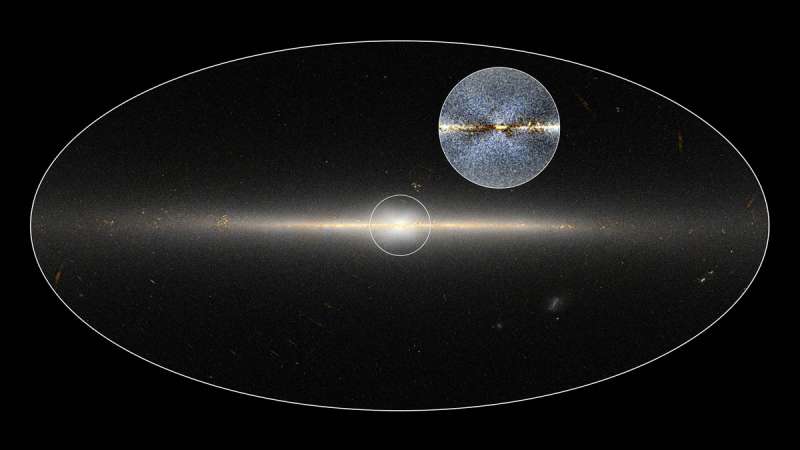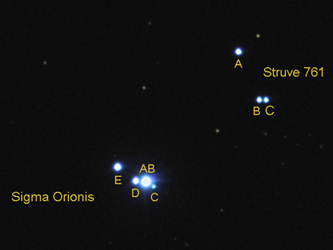NGC 4565 is one of the truly classic galaxies for owners of a telescope, since it presents such a gorgeous thin bright pencil line in the sky.
NGC 4565 shines in this image by manuelj.g.
The orientation of NGC 4565, where north is up and east to the left, is the orientation seen in manuelj.g's image. And as a Color Commentator, I must point out that the color balance in the APOD is on the blue side.
Wikipedia wrote:
NGC 4565 is a giant spiral galaxy more luminous than the Andromeda Galaxy.
Indeed, it's huge. And flat. NGC 4565 is, or appears to be, just lots and lots and lots of galaxy with not much happening inside. No giant star clusters. No pink emission nebulas. No obvious halo surrounding the bulge. No interesting dust bunnies. Hardly any asymmetry. No visible warp.
(Okay, so there's a small warp there, impressed  ...)
...)
Compare NGC 4565 with NGC 4631! Now we are talking a galaxy where things are happening!
According to Wikipedia, NGC 4565 may be in the aftermath of a period of more intense star formation. Well, if so, things have sure quieted down since then.
NGC 4565 is "an almost perfect edge-on galaxy". What would it look like if it was face on?
I searched and searched. It had to be a large galaxy, a galaxy with little star formation and a high degree of symmetry. After much searching, I thought that NGC 3147 might be a good analogy for a face-on NGC 4565:
Impressive, isn't it? And if you think that the galaxy looks strangely blue (and I definitely thought so), it's because this is not an RGB image. Instead, two infrared filters have been used for the image, plus one green filter.
Wikipedia wrote about NGC 3147:
NGC 3147 is a spiral galaxy located in the constellation Draco. It is located at a distance of circa 130 million light years from Earth, which, given its apparent dimensions, means that NGC 3147 is about 140,000 light years across.
If the diameter of NGC 3147 is 140,000 light-years, then it is bigger than the Milky Way and almost as big as Andromeda, whose
isophotal diameter is 152,000 light-years. NGC 4565 is bigger than Andromeda. But NGC 4565 and NGC 3147 are almost the same color, B-V = 0.840 for NGC 4565 and B-V = 0.820 for NGC 3147.
So if you want to know what NGC 4565 looks like face on, you may want to look at NGC 3147!

Ann
 NGC 4565: Galaxy on Edge
NGC 4565: Galaxy on Edge












